Dry farming in the rain?
ffreidl
10 years ago
Related Stories
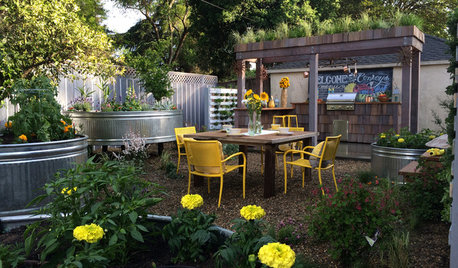
FARM YOUR YARDRemake Your Backyard Into a Mini Farm
You can get a taste of country life by line-drying your laundry, growing some produce or going whole hog with the critters
Full Story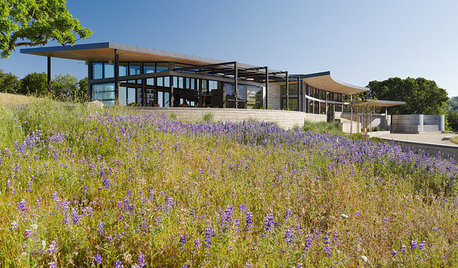
GREEN BUILDINGModern Design Captures Valuable Rain
Instead of letting a precious natural resource trickle away, these architectural features make the most of it
Full Story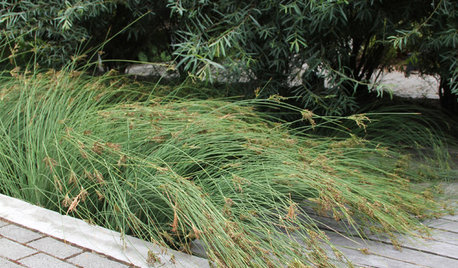
GARDENING GUIDESProtect a Precious Resource With a Rain Garden
Promote pure water and a beautiful landscape with a garden design that makes the most of the rain
Full Story
GREEN BUILDINGJust Add Water: Rain Barrel Magic
Take your rainwater storage from practical to beautiful with a new breed of design-friendly rain barrels
Full Story
LANDSCAPE DESIGNDitch the Ordinary Ditch: Create a Realistic Dry Creek Bed
Here’s how to turn your water runoff system into an eye-catching accent for your landscape
Full Story
LANDSCAPE DESIGNGarden Walls: Dry-Stacked Stone Walls Keep Their Place in the Garden
See an ancient building technique that’s held stone walls together without mortar for centuries
Full Story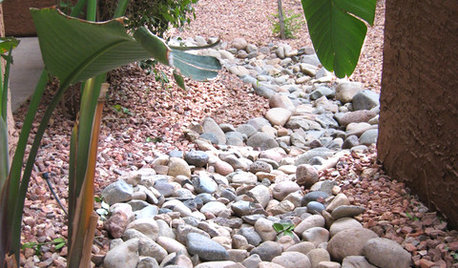
GARDENING AND LANDSCAPINGDry Riverbeds Solve Water Runoff
Spring rains don't have to lead to slides. Dry riverbeds redirect water runoff and add beauty to your landscape
Full Story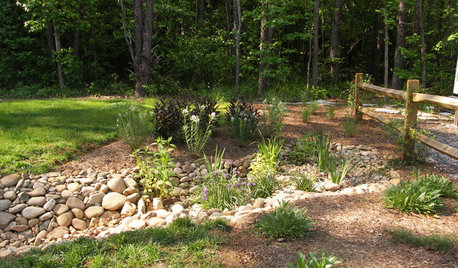
LANDSCAPE DESIGN5 Steps to Selecting the Right Plants for a Rain Garden
A simplified look at selecting plants for a rain garden
Full Story
FARM YOUR YARDAdvice on Canyon Farming From L.A.'s Vegetable Whisperer
See how a screened garden house and raised beds help an edible garden in a Los Angeles canyon thrive
Full Story
HOUZZ TV FAVORITESHouzz TV: Animals, Love and Color on a Florida Farm
Farm-fresh style is just right for this family of 6 — and their horses, dogs, cats, chickens, zebus, birds and pig
Full StoryMore Discussions







aniajs
ffreidlOriginal Author
Related Professionals
Fort Lee Landscape Architects & Landscape Designers · Fort Lee Landscape Architects & Landscape Designers · Bainbridge Island Landscape Contractors · Fridley Landscape Contractors · Middletown Landscape Contractors · Nanuet Landscape Contractors · Old Saybrook Landscape Contractors · Seymour Landscape Contractors · Shirley Landscape Contractors · Four Corners General Contractors · Winfield General Contractors · Athens Decks, Patios & Outdoor Enclosures · Marlboro Decks, Patios & Outdoor Enclosures · Montgomery County Decks, Patios & Outdoor Enclosures · New York City Decks, Patios & Outdoor Enclosureslabradors_gw
seysonn
ffreidlOriginal Author
labradors_gw
ffreidlOriginal Author
labradors_gw
seysonn
ffreidlOriginal Author